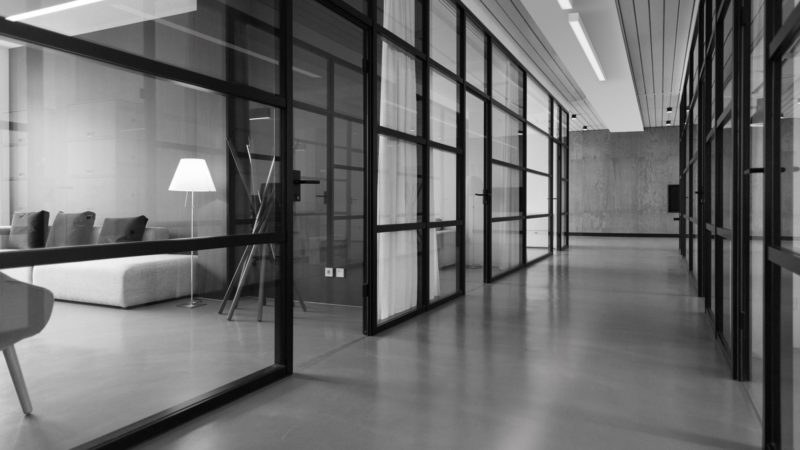
What is indirect light?
Simply stated, when light is directed onto a surface and reflects off, it creates indirect illumination. In this way, the light the moon provides is indirect illumination from the sun. Indoors we experience indirect illumination when luminaires are used to aim the light source at ceilings or walls to reflect around the room.
The opposite of indirect illumination is, of course, direct illumination – or direct light. Commonly referred to as task lighting, direct illumination utilizes the light source aimed directly at the item or area it is intended to illuminate.
Indoor spaces that lack or are void of natural light can benefit from indirect illumination’s ability to create a comfortable light that eases eye strain. Indirect light is also ideal for spaces that are for flexible use where the furniture or layout of the room is susceptible to change. The uniformity of the light distribution from indirect light.
Applications for indirect light
For lighting designers, the choice between indirect or direct illumination often comes down to aesthetics and application. Many environments require the targeted brightness delivered by direct lighting. These may include medical facilities, scientific testing labs, classrooms, and manufacturing. The ambiance and softer light provided by indirect illumination are often preferred in residential, retail, and business office environments. Of course, many illuminated spaces combine both direct and indirect light to achieve the designer’s vision.
Indirect light enables designers to create shadowless spaces and the appearance of spaciousness in otherwise restricted areas. Indirect light can also accentuate architectural features found in many modern retail and eatery designs including beams, pipes, and other structural features.
American Linear Lighting offers indirect lighting options with many of its suspended, and wall-mount linear fixtures.
